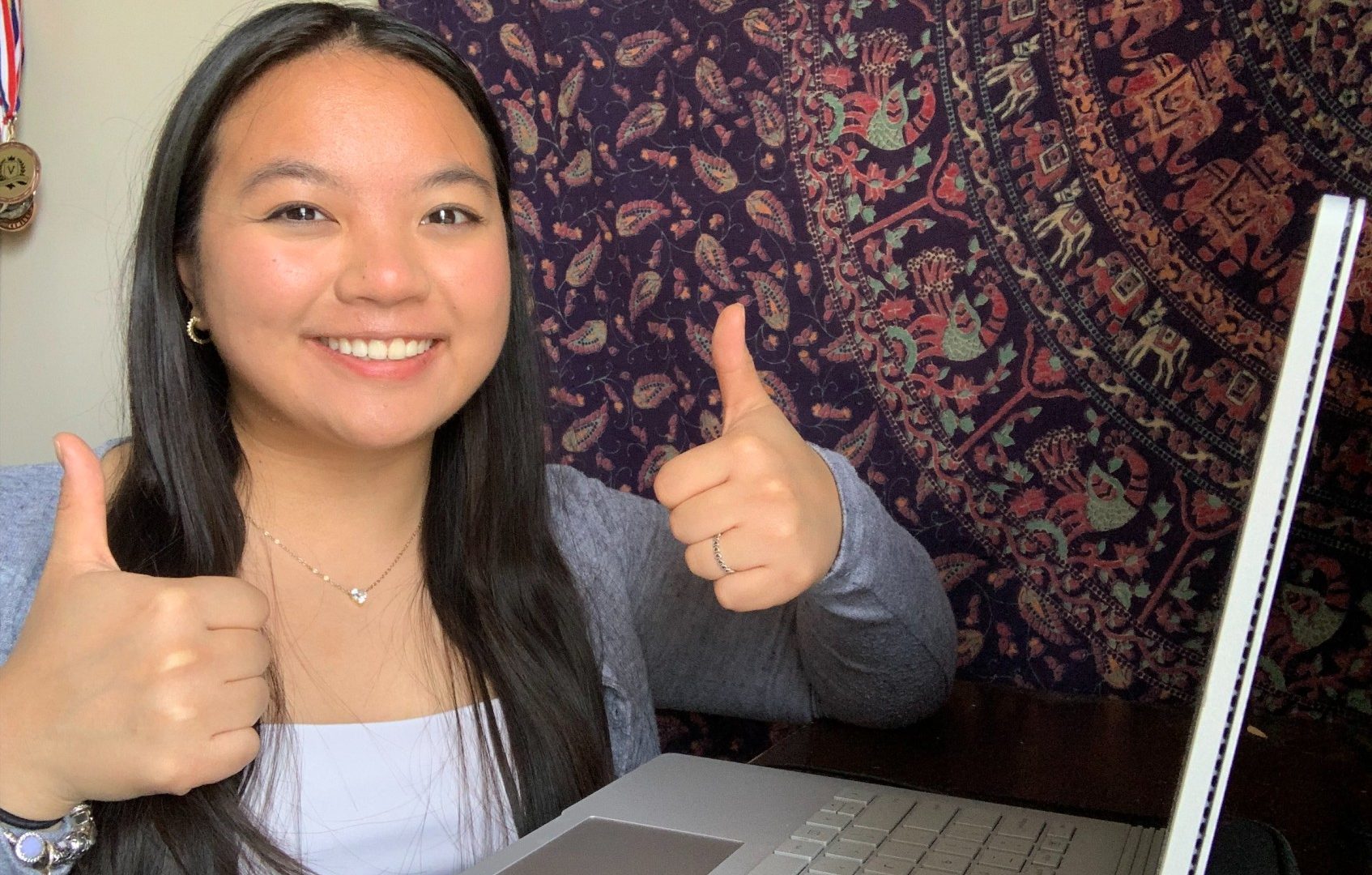Summer Work Study positions just opened on April 17th! Psst, if you’re taking a summer class, the Summer Work Study program is a great opportunity to apply for since fewer students are applying than during the school year.
While I can’t recommend the Work Study program enough, the process of job searching can be stressful! To hopefully make applying less overwhelming, in this blog post, I’ll break down my step-by-step process of applying and getting hired for my first Work-Study position.
1. Search for Jobs
I remember procrastinating applying for jobs because it was the last thing I wanted to do after just finishing exams. So, the first step is logging onto CLNx and just starting to look for jobs.
The advanced search feature was my best friend because you can filter jobs by department, Work Study Stream, type of position, campus location and more. As someone interested in education and student life, filtering the division by OISE and U of T Student Life helped me narrow it down a lot. Then, I’ll read through the position description and qualifications, and if it seems like a job that I’d be interested in and could be qualified for, I’ll add it to my Shortlist to save these positions to apply to later.

2. Get Your Documents Ready
This is usually the most time-consuming part of the process. Make sure to pay attention to what documents the application asks for. Some may just require a resume and cover letter, but others may ask for a transcript or your co-curricular record.
I try to tailor my resume and cover letter to match the job description, by emphasizing my experiences and skills that makes the most sense. I’d have a few different copies of my resume, that correspond with different types of jobs—one for research-based jobs (highlighting research done in class because I’ve never had a research job), one for social media positions (highlighting previous social media accounts I ran), and one for teaching-based jobs (highlighting my camps and classroom experience). I found this resource helpful for writing my resume and cover letters.
3. Apply
One thing I’ve learned is that job searching is a numbers game. The more postings you apply to, the more likely you may hear back from one. I applied to twenty positions and interviewed for five. Even if you feel underqualified for a job, I thought I’d rather get rejected and know than wonder about the possibility of “what if”. You might be surprised by what you’re capable of! I could never have pictured myself landing a job with U of T Student Life, but I wouldn’t have known if I didn’t try.
4. Interview
Congrats, you’ve got an interview! That means the hiring manager sees potential in you and wants to see if you’re a good fit. I always get SO nervous for interviews, and that’s perfectly normal. My best piece of advice is to prepare, prepare, prepare. I would Google interview questions and talk to myself in the mirror, or practice with a friend. Do some quick background research on the project or department. Take deep breaths before you go, and be yourself!
Resources & Extra Tips
💡Life Hack: Copy the job description into Chat GPT and ask it to create a list of interview questions based on the description.
Looking for extra support with writing your resume or preparing for interviews? Book a one-on-one appointment with Career Exploration & Education.
Need some help on searching for jobs by key word search or ID number? Check out How to use CLNx to Apply to Work Study Jobs
Good luck with your Work Study applications! If you have any questions, feel free to drop a comment below.
Jessica Kok

0 comments on “How I Got My First Work-Study Job”